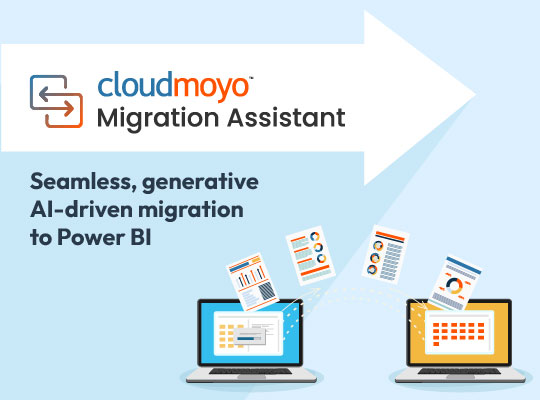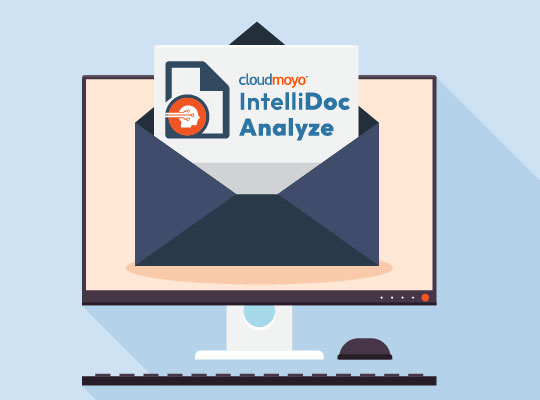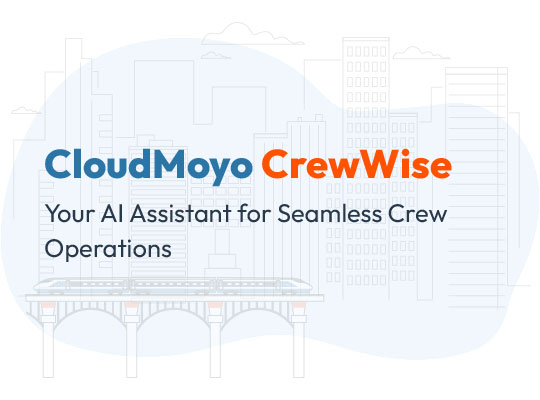An advanced data warehouse, also known as an enterprise data warehouse, serves as a data hub for business intelligence. It is a support system that stores data across the organization processes it, and enables it to be utilized for various business purposes, including reporting, business analysis, and dashboards. A data warehouse system stores structured data from multiple sources such as Online Transaction Processing (OLTP), Customer Relationship Management (CRM), and Enterprise Resource Planning (ERP).
Data warehouse architecture
Data warehouse architecture is typically divided into three categories:
Single-tier architecture: This type of architecture focuses on reducing the amount of data stored in order to remove data redundancy. This architecture is rarely used nowadays.
Two-tier architecture: In this type of architecture, two layers separate the physically available data warehouse sources. This type, however, does not support most end-users due to a lack of expanding capabilities. Moreover, network limitations and connectivity problems were also reported with this architecture.
Three-tier architecture: Conventional data warehouses were developed using three-tier architecture, and it continues to be the most widely used architecture for data warehouse modernization. It is divided into three tiers, bottom, middle, and top.
- Bottom tier: This tier consists of the database of the data warehouse servers. The bottom tier is generally considered as a relational database system in which the data is filtered, modified, and loaded into the layer.
- Middle tier: This layer embodies an OLAP (Online Analytical Processing) server that is actualized using MOLAP (Multidimensional OLAP) or ROLAP (Relational OLAP) model. For end-users, these tiers offer a preoccupied database view, along with functioning as the bridge between the user and the database.
- Top tier: This tier act as the front-end client layer that consists of API and tools which enable you to connect to the warehouse and connect data. The top tiers may consist of reporting tools, query tools, managed query tools, data mining tools, and analysis tools.
Data warehouse components
A typical data warehouse consists of the following elements:
Database: The database is a vital element of the data warehousing environment and is implemented on the RDBMS (Relational Database Management System) technology. This approach is traditional and is often constrained. New techniques such as parallel relational database designs, new index structures, and MDDBs are being utilized to improvise database management.
Sourcing, acquisition, cleanup, and transformation tools: One of the significant shares of implementation effort consists of extracting information from operational systems and transforming them in a suitable format. The sourcing, cleanup, ETL, and migration tools facilitate all the summarizations, key changes, conversions, and structural changes for transforming disparate data into useful and actionable information. These tools also maintain metadata and deal with issues like heterogeneity of database and data. Together, these tools save quite a bit of time and effort.
Metadata: Metadata, in a nutshell, is the data that described a data warehouse. It is used for building, managing, and maintaining a data warehouse, and consists of two components, technical metadata, and business metadata. Also, metadata provides interactive access to end-users by helping them find data and understand the content.
Access tools: The primary objective of data warehousing is to provide businesses with information for streamlining and improving the decision-making process. The users use front-end tools to interact with the data warehouse. These tools include query and reporting, application development, online analytical processing, and data mining tools, collectively known as access tools.
Data marts: Data marts can mean different things depending on their need. It can be misleading to generalize them as an alternative to a data warehouse or that they take less time and effort to build. Data marts can be dependent if they source data from data warehouses or independent if they act as a fragmented point solution to business issues. Independent data marts miss the central aspect of data warehousing, which is data integration, giving rise to the challenge of overlapping data.
Other components: Apart from the elements discussed above, a data warehouse also consists of data warehouse administration and management, and information delivery systems that provide back-end support and ensure the warehousing process is facilitated adequately.
Brief description of popular data warehouses
With the rise in the application of big data, many data warehousing vendors have emerged. Here are a few examples of the best data warehouses in the industry.
Teradata: Teradata is one of the leading data warehousing providers that offer a wide range of tools, capabilities, and innovations. It enables you with robust, scalable storage and analytics capabilities from loads of data, both structured and unstructured. Teradata also provides DBMS, a cloud-based solution.
Oracle: Another dominant name in the relational databases and data warehousing space, Oracle is an industry-standard warehousing provider that delivers scalability, high-performance, and optimization. Some standout features of Oracle are:
- Flash Storage
- Hybrid Columnar Compression
Amazon Web Services: Data warehousing has witnessed a significant shift towards cloud, with AWS being the market leader. Amazon offers a comprehensive range of data storage tools, including:
- Amazon Redshift
- AWS Data Pipeline
- Elastic MapReduce
Azure Synapse Analytics: One enterprise data warehouse that revolutionized the way you can store and manage data in Azure Synapse Analytics. It is a limitless analytics service that integrates data warehousing and big data analytics to provide you the freedom to query data the way you prefer. Azure Data Factory, with its limitless scale, robust insights, unified experience, and unparalleled security, and Azure Synapse have undoubtedly transformed the way data can be stored and consumed.
Some standout features of Azure Synapse Analytics are:
- Enterprise data warehousing
- Data lake exploration
- Choice of language
- Streaming ingestion and analytics
- Deeply integrated Apache Spark and SQL engines
- Integrated AI and BI
- Industry-leading management and security
- Code-free data orchestration
How to get the most out of your data warehousing solution?
With so many vendors in the market, choosing the best one can become challenging. To ensure that you get most out of your data warehousing solution, look for these features before selecting a platform:
Data quality: Data quality refers to the utility of a dataset, which is measured as a function of its ability to be stored, processed, transformed, and analyzed for business purposes by a data warehouse. Make sure your solutions provide excellent data quality to ensure your strategic decision-making processes are streamlined.
BI analytics: Business intelligence refers to the process of analyzing data to deliver insights for improving the decision-making process. A data warehousing solution should be equipped with advanced BI tools to take data stored in data warehouses and run queries against it for creating reports, visualizations, and dashboards.
Data security: A data warehouse has several moving parts and it extracts data from a bunch of different sources. Every time data migration takes place, it is subjected to security issues. Data warehouse security ensures necessary steps are taken to grant access to information to authorized personnel only.
What can be achieved with a data warehousing solution?
One of the most common goals organizations share is to make better business decisions, something which a data warehouse offers. A data warehouse can benefit your company in numerous other ways, as discussed below:
- Provides improved business intelligence
- Saves time in collecting and organizing data
- Improves the quality and consistency of data
- Generates a higher return on investment
- Offers a competitive advantage
- Enhances the decision-making process
- Allows organizations to anticipate and predict with confidence
- Streamlines information flow
What makes for a successful data warehouse implementation?
An advanced data warehousing solution is a boon for a growing business as it offers all the organizational information at one place available for data normalization and analysis. But how can you make it happen? Here are a few steps that outline the process:
- Determine your business objectives
- Collect and analyze the desired information
- Identify the core processes of your business
- Develop a conceptual data model
- Locate data sources and contemplate data transformation
- Set the tracking duration
- Implement your plan, and, boom, you’re done.
Here are a few pitfalls to avoid while data warehouse implementation:
- Focusing on “real” time instead of “right” time
- Confusion between decision making, bookkeeping, and action taking
- Using traditional warehousing infrastructure
- Failing to initiate business process changes
- Underutilizing or ignoring historical data
- Failing to integrate data
Benefits of having an implementation partner
Seamless implementation of a data warehousing solution is important to avoid performance lag and data loss. Having an experienced implementation partner supports you with a variety of services:
- Data integration
- Architecture design and modeling services
- Datamart development and data warehouse migration services
- Enterprise data management services
- Analytical services
- Performance services
- Managed services
Moreover, with a data warehouse implementation partner, you get solutions that are scalable, have data accuracy, and feature a consolidated view.
Wrapping up
Data warehousing has been assisting organizations with their data storage and analysis requirements for years now, but the introduction of cloud and its integration with data warehousing has changed the dimensions of data governance, storage, and data management. Now, vendors like Azure Synapse are offering robust data warehousing solutions that feature enhanced data quality, data security, and business intelligence analytics to streamline a company’s decision-making process.



















